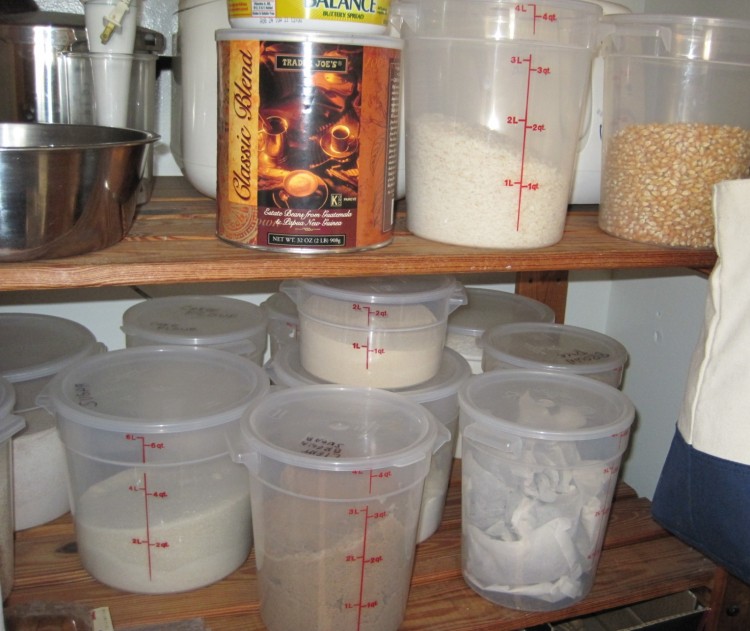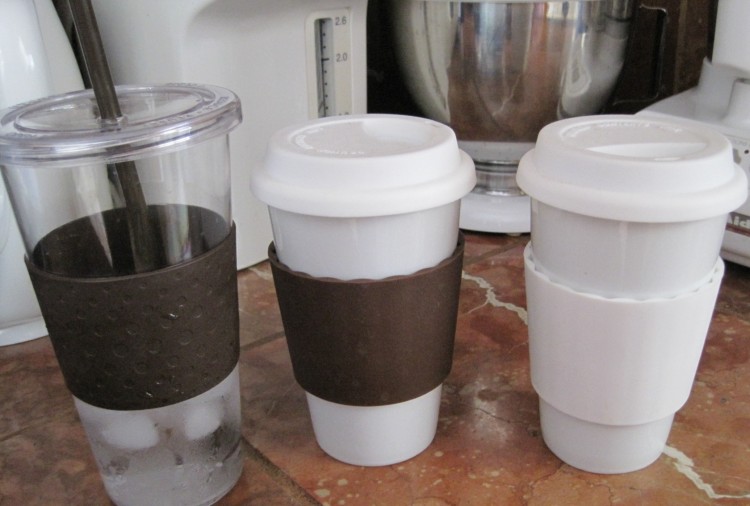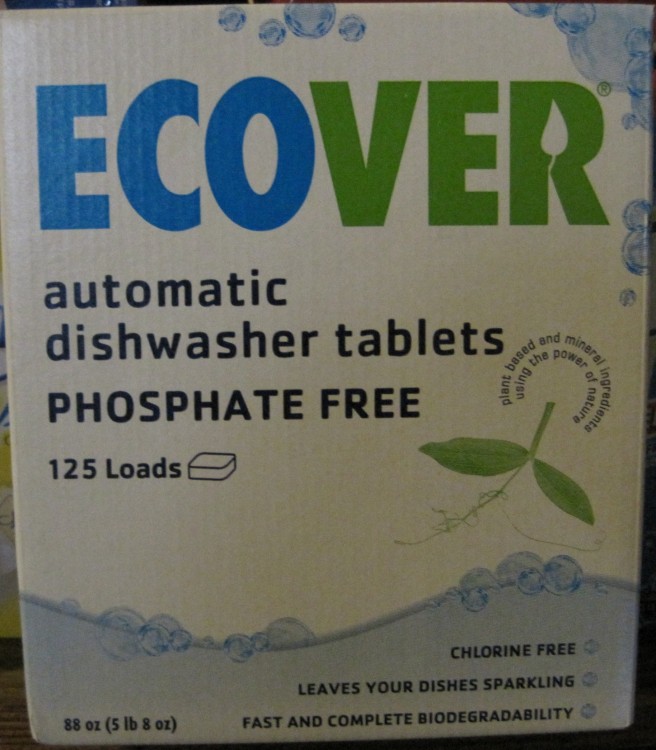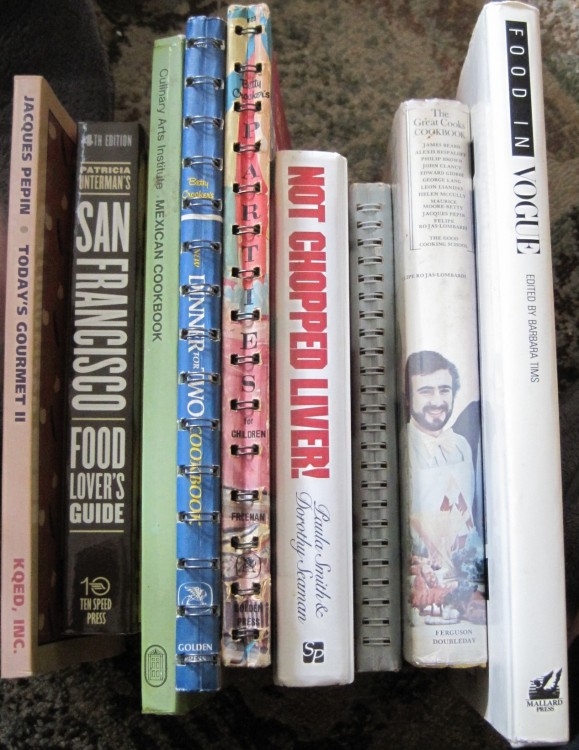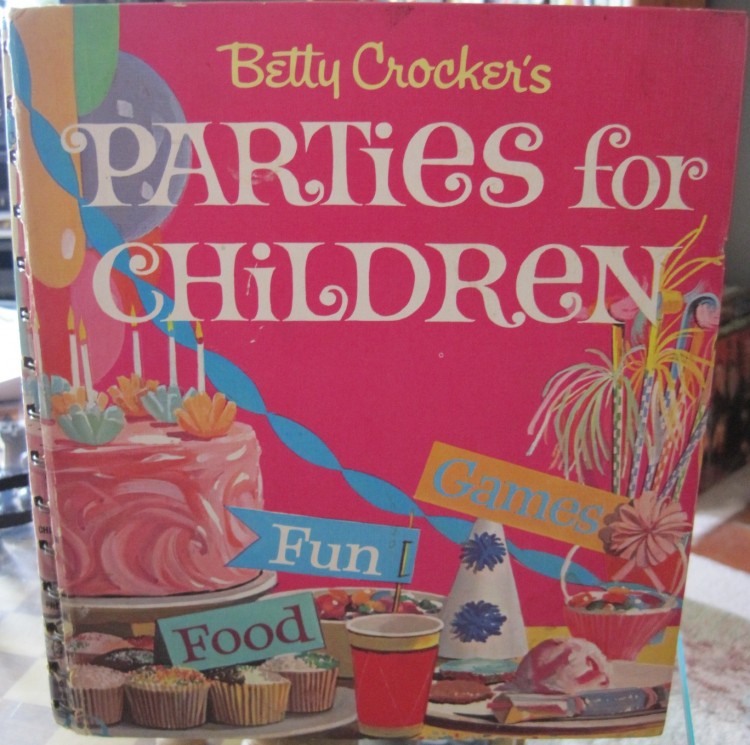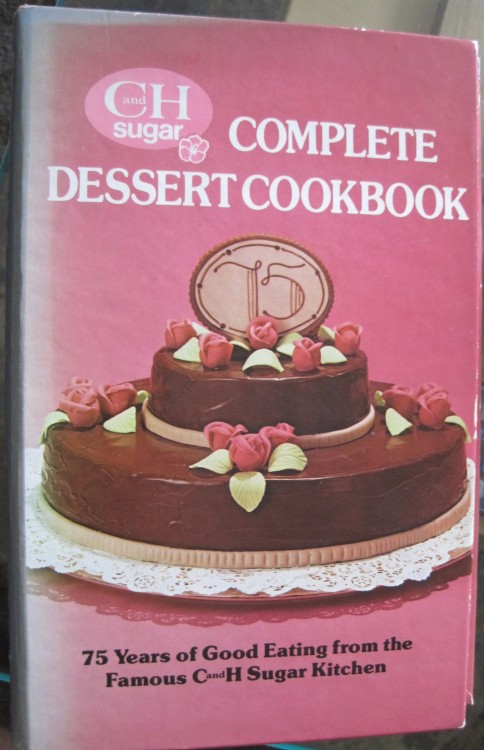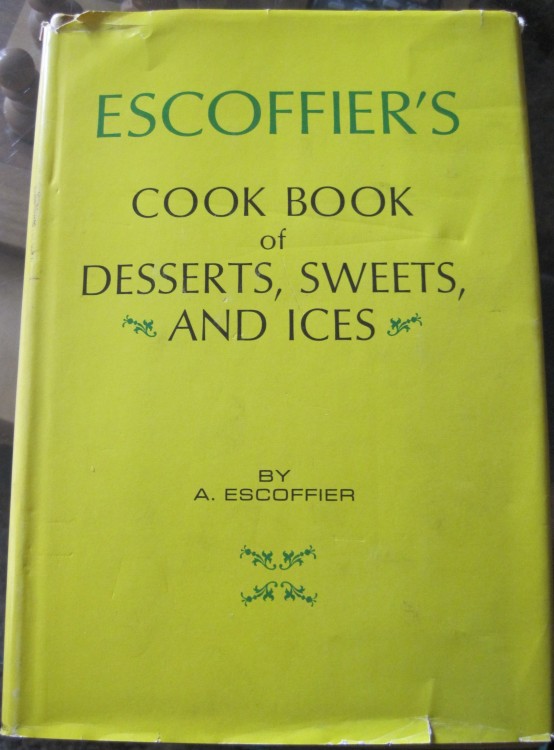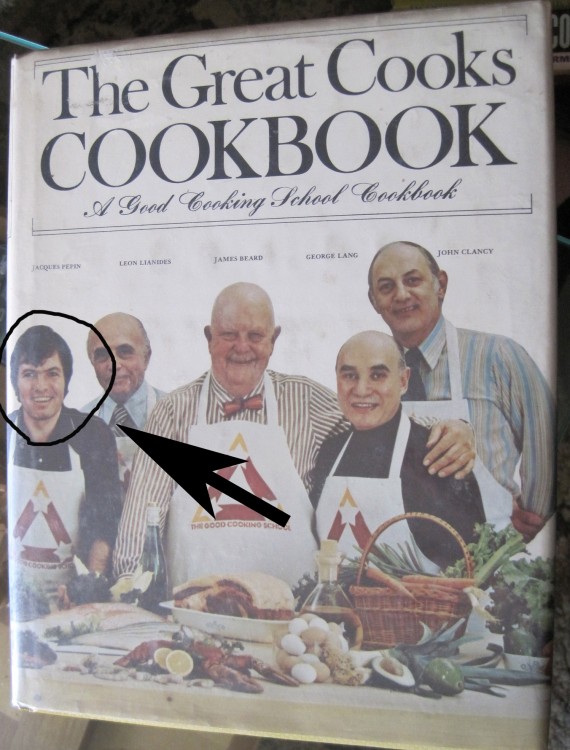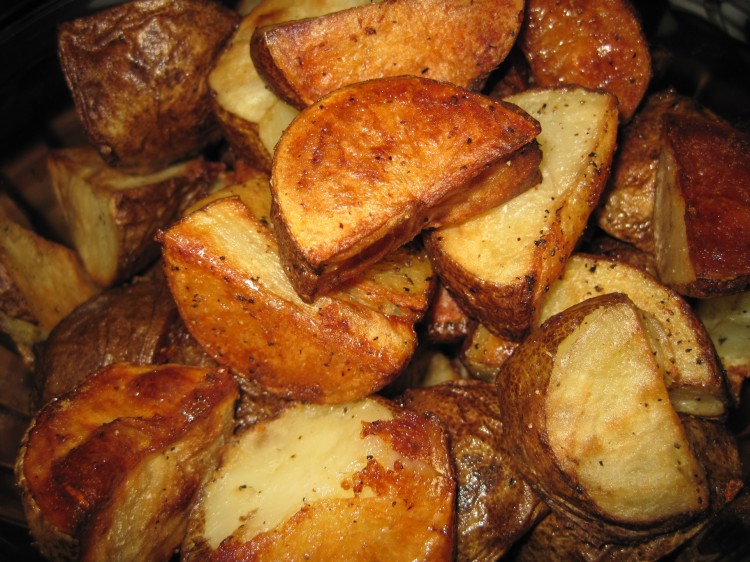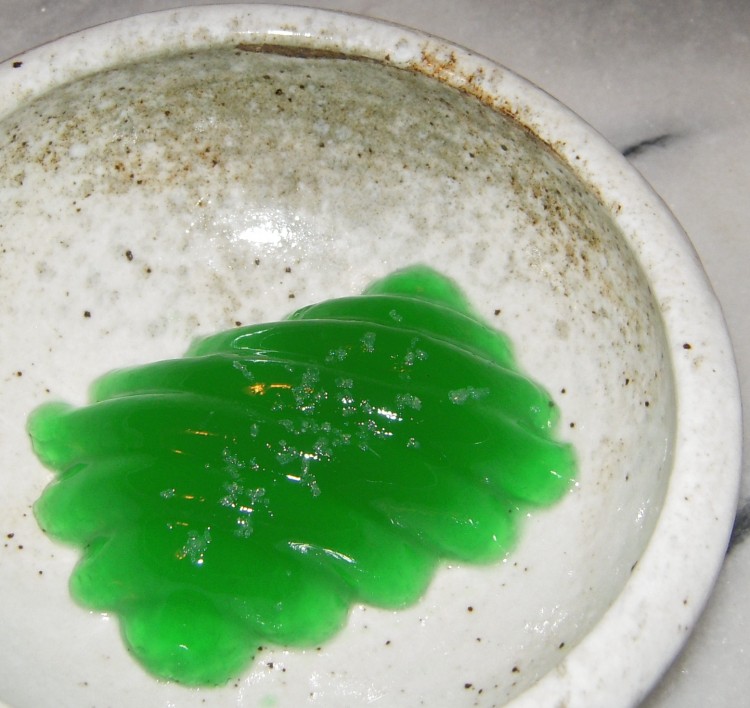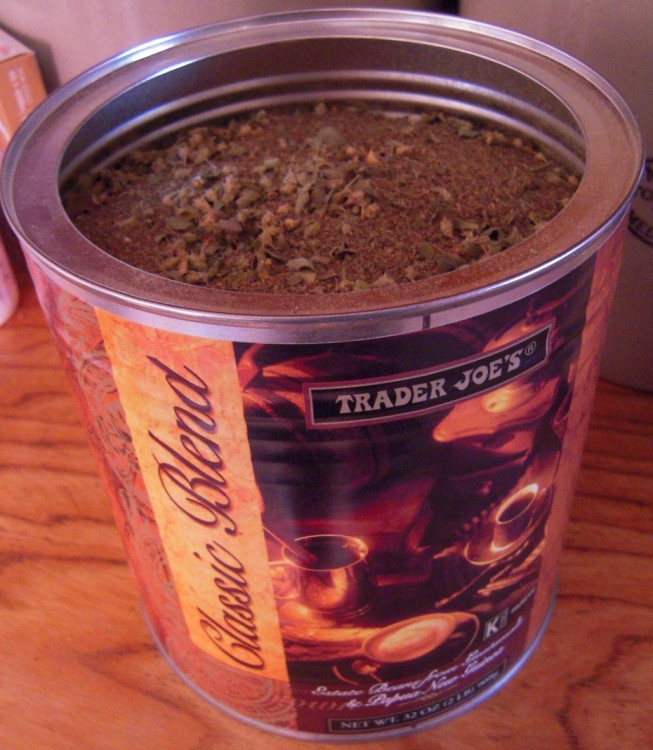
Outdated spices in a coffee can used as potpourri — punch holes in the lid to use
I put it off as long as I possibly could, but today I bit the bullet and cleaned out my spice cabinet.
The only other job I hate more is updating the earthquake kit – which no one else in the house ever seems to think about. Every three years or so I unpack the clothes to see what needs to be replaced. After about six years elastic starts to give way, and it would be bad enough to deal with an earthquake let alone walk around in underwear with elastic that’s shot. Then I replace the food, which leaves me with outdated beef jerky and cans of tuna, chicken, coffee, dog food, milk – you name it. Some people have those little “all in one” packets that include everything you need, supposedly, but we want to be able to eat real food and cover ourselves with actual blankets. Then there’s the first aid kit, meds, flashlight batteries, toilet tissue, paper towels, toothpaste and the million other things you’d rather not do without for a week. An earthquake kit needs to be packed well, too, so the bugs and moisture don’t get at it. It’s a real drag to deal with. When I lived on Talbot Avenue in Albany, there was a block association. Each house was responsible for a certain item, and there were even scheduled earthquake drills. Here on Clayton Avenue in El Cerrito, most of the neighbors either don’t talk to you or are downright unfriendly. I don’t really care, though. Being from New York City, I’m used to living anonymously. That said, the unfriendly residents on my block had better make damn sure they have good earthquake kits.
This day it was all about cleaning out old spices and making a list of what I need to purchase. I have lots of spices in various forms. Some I buy at Smart & Final, since you can’t beat the prices, and quite a few are in little bags, having been purchased in bulk at Berkeley Bowl or Whole Foods. Some whole spices, like cumin seed, last a long time. Others, not so much. You really have to sniff your stock regularly. I also went through baking, decorating and cheese-making supplies, like meringue powder, nonpariels and citric acid.
Rather than throwing away aromatics, like cloves and allspice, I dump them into a coffee can. This go-round I also had marjoram, dried mint, thyme, rosemary, black peppercorns, cinnamon and cumin- all of which went into the can, including those that were ground. I then put a few holes or notches in the plastic lid and pop the can in a place that might benefit from a spicy scent – like the sneaker closet.
If you have only whole spices to discard, stuff them in an old, clean, cotton tube sock. Tie it closed at the top and hang it in your closet.
It feels good to recycle things, and I’m always looking for ideas, so please email me yours!

